FNB: Any femmes fatales that stand out for you?
JB: Hahaha, are you gonna ask any questions with short answers? Where to start … Marlene Dietrich, Bette Davis, Marilyn Monroe, Gene Tierney, Lauren Bacall, Joan Crawford, Anne Baxter, Nora Zehetner in “Brick” does a wonderful job, not to mention (I know they’re not femmes fatales, but I would be remiss to leave the men out) Joseph Gordon-Levitt gives Bogey a run for his money in that film. And for the men, of course, there is the one and only Humphrey Bogart.
FNB: Of ’40s and ’50s singers or bands, who are your top favorites?
JB: Nat King Cole, Frank Sinatra, Billie Holiday, Edith Piaf, Bing Crosby, to name a few.
FNB: Do you essentially get into character when you perform, especially Juliette as the frontwoman?
JB: In a sense, yes, and it varies from song to song, because each one is a different story, character, sort of mini movie for us. I’m a storyteller not a character (like a GaGa or Madonna), so the approach is a little different. It only takes a note or two for me “see it” in my head again, to step into “her” shoes … from there it’s just natural.
You kind of have to use your whole body to tell the story, and the story becomes my own for that time.
FNB: Raymond Chandler said a good story cannot be devised; it has to be distilled. Do you think that’s true for writing songs and music?
JB: Certainly at times … what Sean plays makes me see stories, so I suppose you could say that is a bit of a distilling process to bring the story down into its key emotional components for a 3 minute song. However, there are other times when you get a “cosmic FedEx” (a term we’re stealing from Scott Russo of Unwritten Law). That’s where the song comes to you almost writing itself and you have to grab and get it down before it moves on. You know, the muse will find another host if you aren’t paying attention.








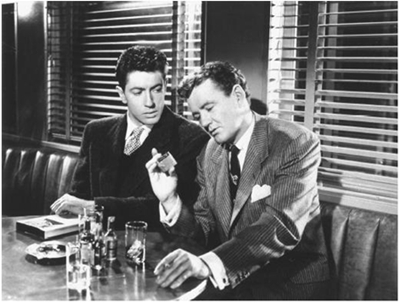
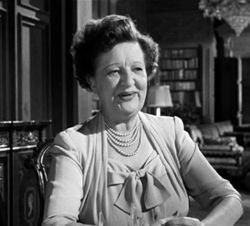
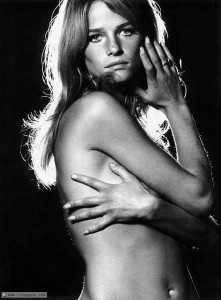
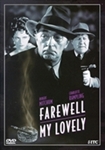
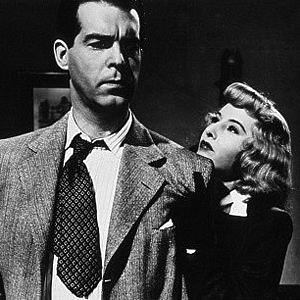
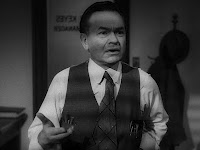
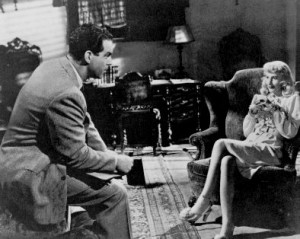
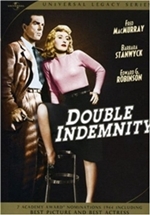





From FNB readers